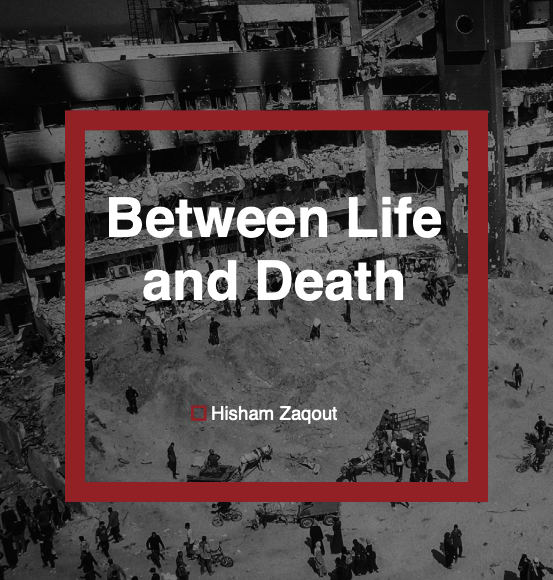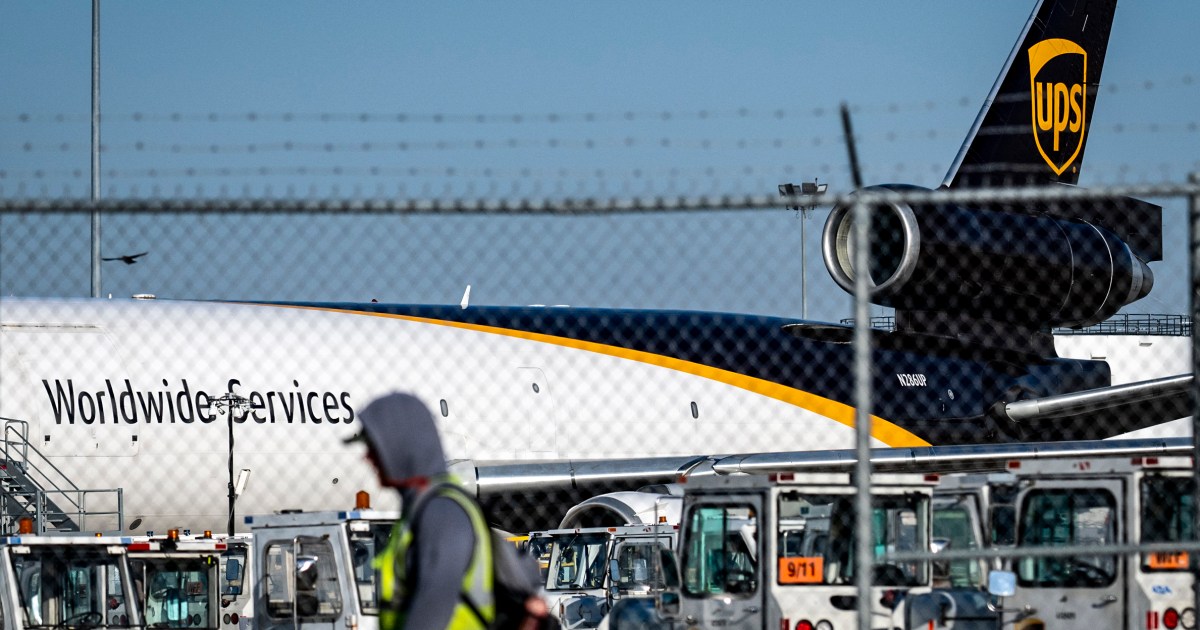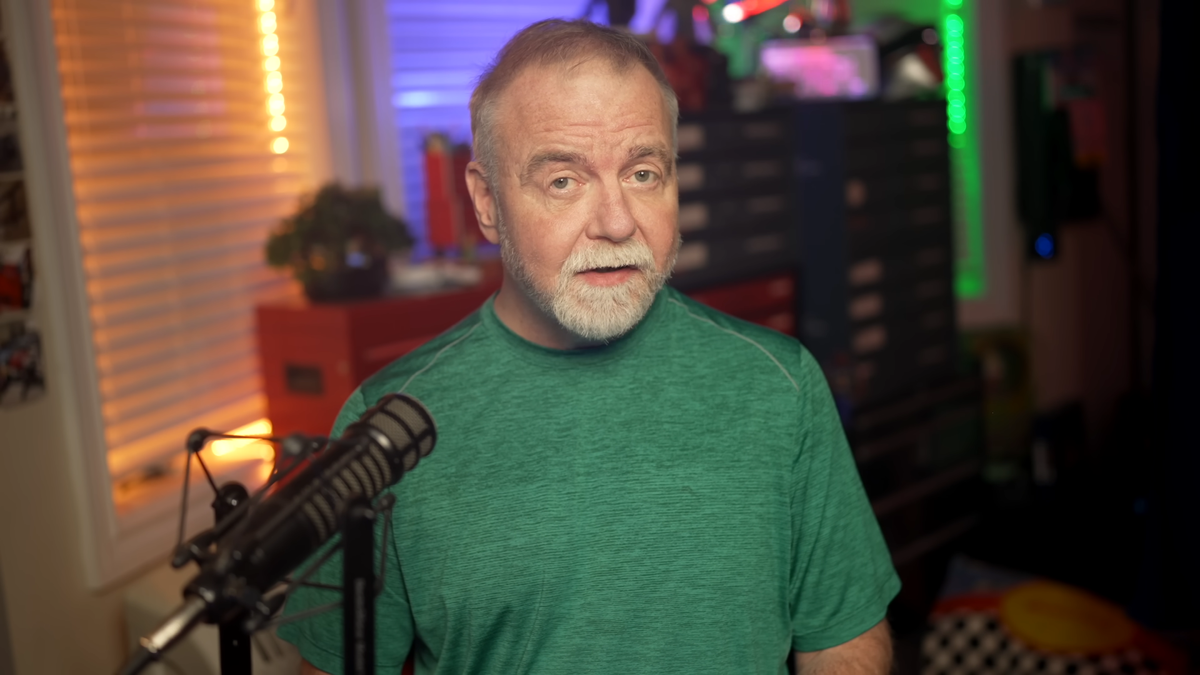Driving the news: In the rubble-strewn streets of Gaza, journalists like Hisham Zaqout continue to document the humanitarian catastrophe amid relentless Israeli bombardment — often with little more than a mobile phone, a tent, and a fading signal.
“The camera is now a death sentence,” Zaqout writes. “The phone, our salvation.”
Over 100 journalists have been killed in Gaza since the war began. Al Jazeera’s Samer Abu Daqqa and Hamza al-Dahdouh are among those deliberately targeted, per eyewitness accounts and press freedom watchdogs.
Why it matters: Gaza’s media professionals have become frontline witnesses and victims. With newsrooms bombed, electricity cut, and internet blackouts imposed, journalists are forced to adapt — and survive — while the world scrolls past.
“This isn’t just war reporting. It’s war surviving,” says Zaqout.
International humanitarian law prohibits targeting journalists, but rights groups say Israel's repeated strikes on known media locations show a “pattern of intent.”
Zoom out: The war’s digital battleground: When traditional cameras became too dangerous to carry, Gaza’s journalists turned to phones. With no power, no internet, and no equipment resupply allowed into the Strip, journalists leaned on eSIMs, generators at hospitals, and social media to broadcast the truth.
Mobile phones have become “unbombable witnesses,” Zaqout writes.
Entire newsrooms now operate from tents pitched outside hospitals, with fuel and internet powered by dwindling international aid.
Yes, but: Even the phone is no longer safe: Israeli forces have targeted mobile broadcast units and repeatedly shut down telecom infrastructure.
“Eventually, the internet was cut off. We found workarounds — but they’re temporary,” writes Zaqout.
Between survival and truth: Journalists sleep beside mass graves, often among their own families. Zaqout describes losing relatives to airstrikes, including his cousin Abdul Fattah and his entire family, and witnessing bodies he recognizes arriving in ambulances.
“The journalist in Gaza is not just a reporter,” he writes. “He is also the victim, the mourner, the brother.”
Zaqout was with Hamza al-Dahdouh the day before his death — documenting, laughing, surviving. Hamza’s final Instagram post was from his last live broadcast.
Closer to death: The tent has replaced the home. Hunger, disease, and psychological trauma shadow every step. Gaza’s journalists are not just covering the collapse — they are living it.
“We’re deprived of everything. Even soap. Even silence,” writes Zaqout.
Relief is nowhere in sight: 2 million Gazans remain internally displaced, many living in bombed-out schools or makeshift shelters.
The bottom line: Gaza’s journalists persist — out of duty, out of defiance, and out of love for a place “caught between life and death.”
“Gaza taught us to live while dying, and to chase truth while the world looks away.”
.png)





